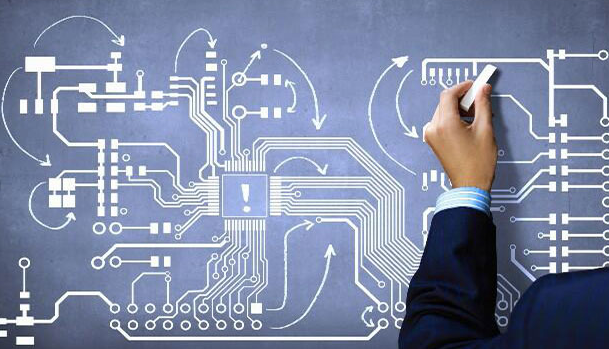Some PCB wiring skills and experience
The following are some PCB wiring skills and experience shared by the engineer with you, I hope it will be helpful to everyone.
1. Wiring skills between power and ground
(1) A decoupling capacitor should be added between the power supply and the ground wire. The power supply must be connected to the pins of the chip after passing through the decoupling capacitor. On the one hand, the noise of the power supply should be as little as possible to affect the chip, and on the other hand, the noise generated by the chip should not affect the power supply.
(2) Widen the power and ground wires as much as possible, preferably the ground wire is wider than the power wire, the relationship is: ground wire>power wire>signal wire.
(3) Use a large area of copper layer as the ground wire, connect the unused places on the printed circuit board to the ground, use it as a ground wire, or make it into a multilayer board, the power supply and the ground wire occupy one layer each .

2. Processing when digital circuit and analog circuit are mixed
Many PCBs are not single-function circuits, but are composed of digital circuits and analog circuits. Therefore, mutual interference between them needs to be considered when wiring, especially noise interference on the ground line.
Due to the high frequency of the digital circuit and the strong sensitivity of the analog circuit, for the signal line, the high-frequency signal line should be as far away as possible from the sensitive analog circuit components; the common ground problem of the digital circuit and the analog circuit must be handled inside the PCB. Inside the circuit board, the ground of the digital circuit and the ground of the analog circuit are actually separated, only at the interface (such as a plug, etc.) connecting the PCB to the outside world.
3. Treatment of the corners of the line
Usually, there will be thickness changes at the corners of the line, and some reflections will occur. In the corner method, the right angle is the worst for the line thickness changes, the 45 degree angle is better, and the rounded corner is the best. However, rounded corners are more troublesome for PCB design. Generally, it depends on the sensitivity of the signal. For general signals, a 45-degree angle is sufficient. Only very sensitive lines need rounded corners.